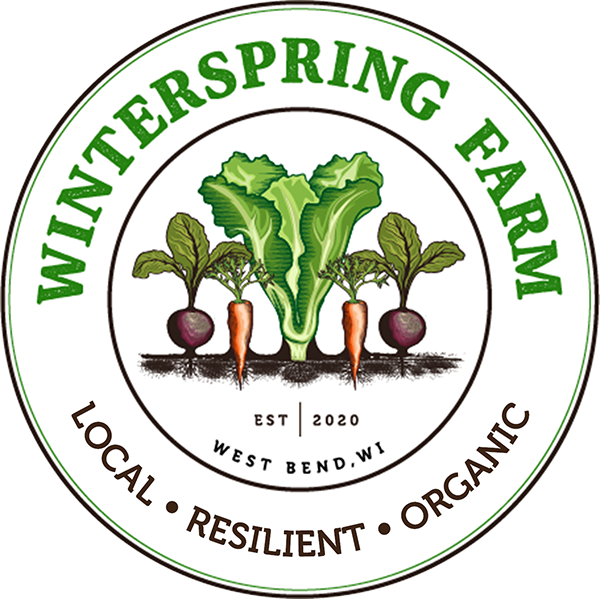Rhubarb
Culinary Use, Storage, & Benefits
Vegetable Profile: Rhubarb (Rheum rhaponticum)
Description
Rhubarb is a classic early summer favorite for dessert. In the past 400 years since cane sugar became widely available, the tart stalks have become popular in baked goods. However, there’s more to rhubarb than dessert; the root has been used medicinally for thousands of years by ancient peoples of China, Siberia, and Mongolia, where the plant originated. The leaves, while toxic to consume, may be used as mulch and provide a decent weed barrier. While we prefer to harvest the stalks before flowering, the flowers are beloved by bees, moths, butterflies, and hummingbirds. Based on our experience harvesting from multiple beds in different locations, rhubarb may be an excellent candidate as an agroforestry crop. Once established, it agrees with partial shade. I could see it doing very well in an alley cropping system between rows of trees.
Nutrition
As a sour, astringent, and cooling food, Rhubarb removes excess heat and supports healthy blood circulation. It helps when the liver is experiencing inflammation and can relieve constipation. High in antioxidants and potassium.
Storage
Either store whole in a bag in the fridge and use within 3-5 days, or chop up and freeze the stems for later use.
Use
There are probably a lot of bakers out there who have even better ideas about desserts with rhubarb, but here are a few! Keep in mind, rhubarb leaves are poisonous, and even stems should be cooked to avoid the oxalic acid that can interfere with calcium absorption.
Beverages. Make a spring pink tonic by chopping up the stalks, boiling 3 cups of water, and adding the rhubarb to simmer for 5 minutes. Then remove from heat, add a sprig of mint or chamomile, and let steep for 5 more minutes. Add honey to taste. Add ice or cool in the fridge.
Baked goods. Rhubarb bakes well into tarts, pies, muffins, and cakes.
Sauces, jams, compote, chutney, syrups. These items can be easily prepared ahead and used up within a week or two, or canned. Keep in mind, rhubarb is low in natural pectin, so you’ll either need to add some or combine with another fruit that is high in pectin (like black currants).
Sources:
The New Whole Foods Encyclopedia by Rebecca Wood
Asparagus to Zucchini by Fairshare Coalition
Produce: A fruit and vegetable lover's guide by Bruce Beck
Our own experience!
Ball Bluebook Guide to Preserving

